How To See Scabies Without Microscope ?
Scabies mites are not typically visible to the naked eye as they are very small, measuring about 0.2 to 0.4 millimeters in length. However, there are certain signs and symptoms that can indicate the presence of scabies. These include intense itching, especially at night, and the appearance of small, red bumps or blisters on the skin. These bumps may be accompanied by thin, irregular burrow tracks, which are caused by the mites tunneling under the skin to lay eggs. If you suspect you have scabies, it is recommended to consult a healthcare professional for a proper diagnosis and treatment.
1、 Visual Symptoms of Scabies
Scabies is a highly contagious skin condition caused by the infestation of the human itch mite. While it is difficult to see scabies mites without the aid of a microscope, there are visual symptoms that can help identify the presence of scabies.
One of the most common signs of scabies is intense itching, especially at night. This itching is caused by the mites burrowing into the skin and laying eggs. The burrows created by the mites may appear as thin, wavy, or thread-like lines on the skin. These burrows are often found in the folds of the skin, such as between the fingers, on the wrists, elbows, armpits, waistline, and genital area.
Another visual symptom of scabies is the presence of small red bumps or blisters on the skin. These bumps can be itchy and may develop into a rash. Scratching the affected areas can lead to secondary infections, which may cause the skin to become crusty or scaly.
In some cases, scabies can cause nodules or thickened areas of skin. These nodules are more commonly seen in individuals with a weakened immune system or those who have had scabies for a prolonged period.
It is important to note that these visual symptoms can vary from person to person, and some individuals may not exhibit all of these signs. Additionally, these symptoms can be similar to other skin conditions, making it necessary to consult a healthcare professional for an accurate diagnosis.
In conclusion, while it is challenging to see scabies mites without a microscope, there are visual symptoms that can indicate the presence of scabies. These include intense itching, burrows on the skin, red bumps or blisters, and in some cases, nodules or thickened areas of skin. If you suspect you have scabies, it is recommended to seek medical advice for proper diagnosis and treatment.
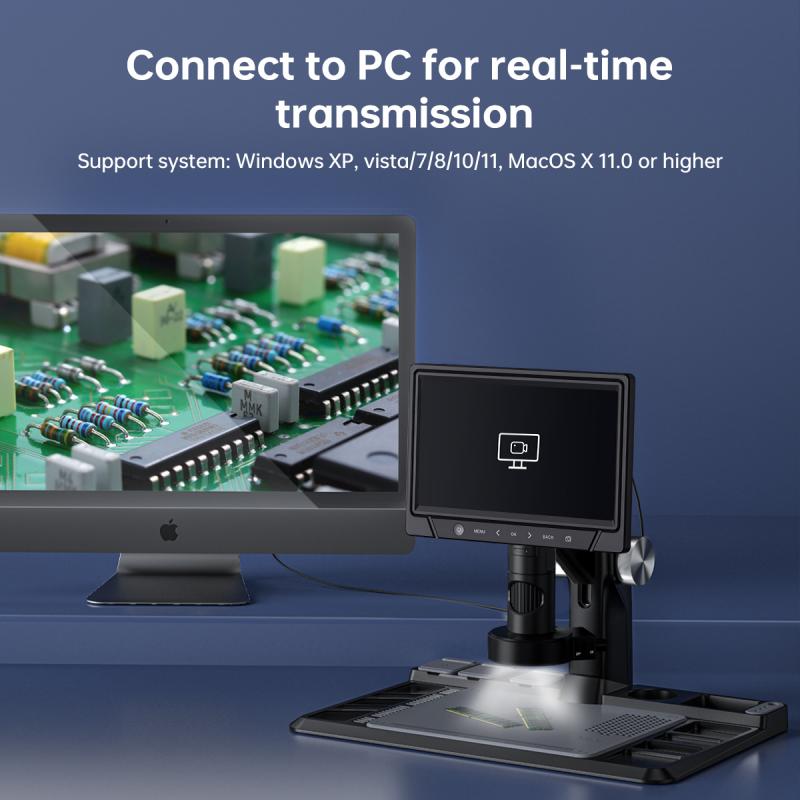
2、 Identifying Scabies through Physical Examination
Identifying scabies through physical examination is the primary method used by healthcare professionals to diagnose this skin condition. While a microscope can be used to confirm the presence of scabies mites, it is not always necessary for diagnosis. Here is how scabies can be identified without the use of a microscope:
1. Visual inspection: A healthcare provider will examine the affected areas of the skin for characteristic signs of scabies. These include small, red bumps or blisters, burrows (thin, gray, or brown lines), and intense itching. The examination may involve checking common sites of infestation such as the wrists, elbows, armpits, genital area, and between the fingers.
2. Patient history: The healthcare provider will ask about the patient's symptoms, including the duration and progression of the itching and any recent contact with individuals who have scabies. This information, combined with the physical examination findings, can help in making an accurate diagnosis.
3. Additional tests: In some cases, a healthcare provider may perform a skin scraping to obtain a sample from a burrow or a blister. This sample can be examined under a microscope to confirm the presence of scabies mites, eggs, or fecal matter. However, this step is not always necessary for diagnosis.
It is important to note that scabies can sometimes be challenging to diagnose, as the symptoms can resemble other skin conditions. Therefore, it is crucial to consult a healthcare professional for an accurate diagnosis and appropriate treatment.

3、 Recognizing Scabies Burrows and Rashes
Recognizing scabies burrows and rashes is crucial in identifying a scabies infestation. While a microscope is typically used to confirm the presence of scabies mites, there are other ways to recognize the signs of scabies without one.
One of the most common signs of scabies is the appearance of burrows on the skin. Scabies burrows are thin, raised, grayish-white or skin-colored lines that may be accompanied by small red bumps. These burrows are created by the female scabies mites as they tunnel into the skin to lay their eggs. They are often found in the folds of the skin, such as between the fingers, on the wrists, elbows, armpits, waistline, and genital area. By closely examining these areas, you may be able to spot the burrows.
In addition to burrows, scabies can also cause a rash. The rash is typically red and itchy, and it may appear as small blisters or pimple-like bumps. The rash can be widespread or localized, depending on the severity of the infestation and the individual's immune response. It is important to note that the rash and itching may take several weeks to develop after the initial infestation, as it is a delayed hypersensitivity reaction to the mites and their waste products.
It is worth mentioning that recognizing scabies without a microscope may not always be accurate, as other skin conditions can have similar symptoms. Therefore, it is recommended to consult a healthcare professional for a proper diagnosis. They may perform a skin scraping or use other diagnostic methods to confirm the presence of scabies mites.
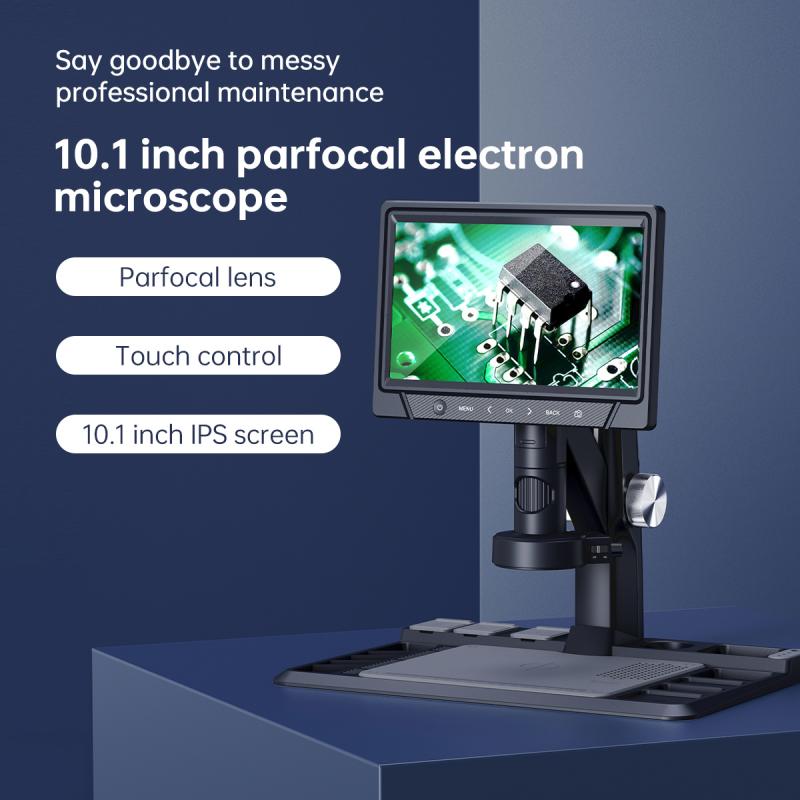
4、 Using a Magnifying Glass to Spot Scabies Mites
Using a Magnifying Glass to Spot Scabies Mites
Scabies is a highly contagious skin condition caused by the infestation of tiny mites called Sarcoptes scabiei. These mites are not visible to the naked eye, making it difficult to diagnose scabies without the use of a microscope. However, it is possible to spot scabies mites using a magnifying glass.
To begin, thoroughly clean the affected area of the skin and ensure it is dry. Then, using a magnifying glass with a strong magnification, carefully examine the skin for any signs of mites or their burrows. Scabies mites are typically around 0.2 to 0.4 millimeters in size, so a magnifying glass with a magnification of at least 10x is recommended.
Look for tiny, thread-like lines on the skin surface, which are the burrows created by the mites as they tunnel under the skin. These burrows may appear as thin, wavy, or raised lines and are often accompanied by small red bumps or blisters. Additionally, you may be able to spot the mites themselves as tiny white or gray specks moving on the skin.
It is important to note that relying solely on a magnifying glass to diagnose scabies may not always be accurate. The mites and burrows can be challenging to spot, especially in the early stages of infestation. Therefore, it is recommended to consult a healthcare professional for a definitive diagnosis.
In recent years, there have been advancements in technology that aid in the diagnosis of scabies. For example, dermatologists can now use dermoscopy, a technique that involves using a handheld device with a magnifying lens and a light source to examine the skin. This method allows for a more detailed and accurate visualization of the mites and their burrows.
In conclusion, while a magnifying glass can be used to spot scabies mites and their burrows, it may not always provide a definitive diagnosis. Consulting a healthcare professional is still the best course of action for accurate identification and appropriate treatment of scabies.



















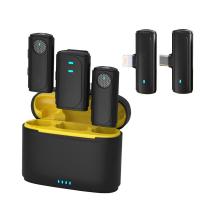


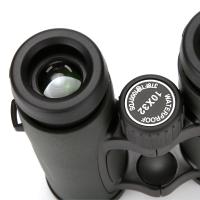



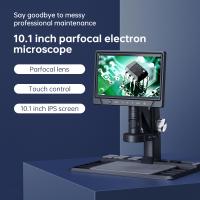
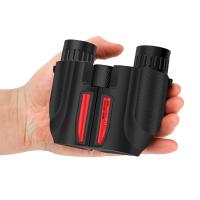


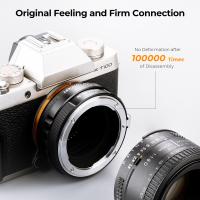
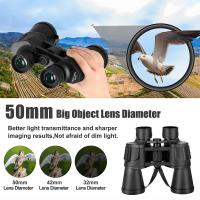
There are no comments for this blog.